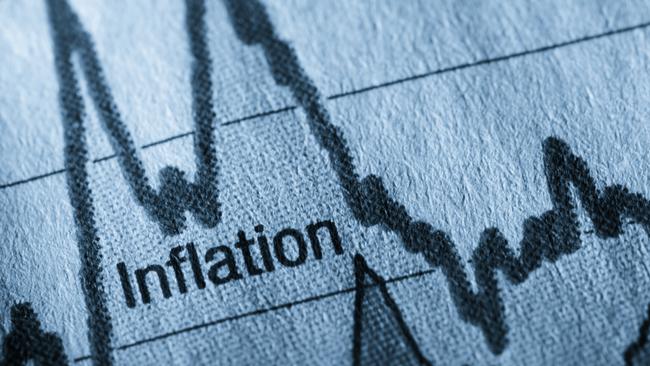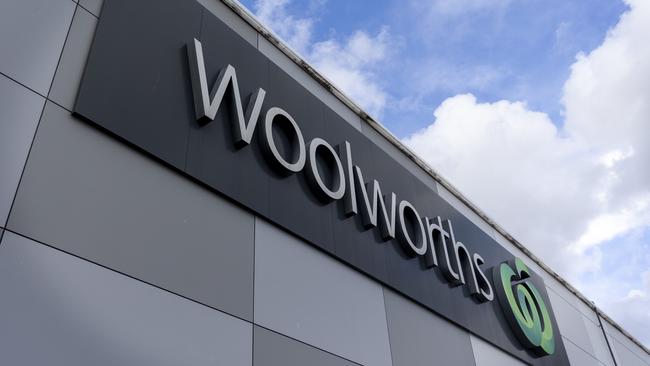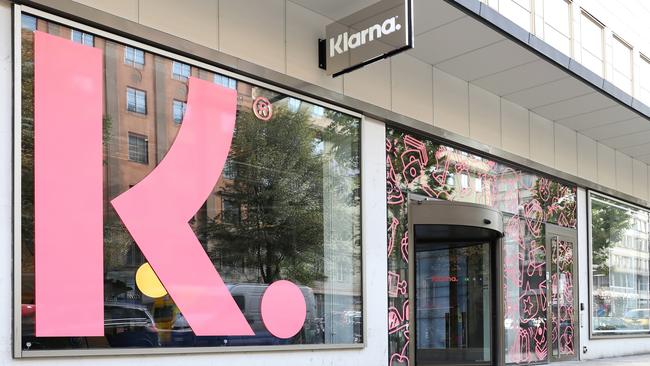
The two largest supermarket operators, Coles and Woolworths, have settled on August 1 for negotiated price-rise requests from dozens of major suppliers, which apply to a range of household items.
This plus a cocktail of higher mortgage rates, soaring winter energy costs and the looming end of the fuel excise holiday in September represent a new inflationary wave set to slam households over the next two quarters.

Treasurer Jim Chalmers over the weekend said it would be “incredibly hard” to continue the Morrision government’s temporary fuel tax holiday.
With inflation picking up pace, market economists are tipping the RBA to hike the cash rate by 50 basis points on Tuesday. This matches the June hike and will take the cash rate to 1.35 per cent.
Such a move will mark the first back-to-back 50 basis point rises this century. To put this in context, another 50 basis point increase would be only the third time we’ve had an increase of this size in more than 20 years.
And while the cash rate remains below the average of the past decade, these are still the fastest increases seen in modern Australia.
An outsized inflation number coming out of scheduled June quarter CPI release later this month could trigger yet another supersized hike in August. But the September quarter inflation release is shaping up to be the more damaging number. It’s going to be a crowded economic calendar.

While fresh food prices move around weekly – largely as a result of the live market for fruit, vegetables and meat – processed goods have a longer lead time for price rises. Requests for rises are often subject to intensive negotiations between suppliers and the supermarkets. With inflation breaking out broadly, higher input costs have so far triggered a rush of requests for Aldi, Coles, Woolworths and IGA supplier Metcash to lift shelf prices.
Under an agreed code of conduct, supermarkets have a 30-day period to negotiate price rises. But talks can drift outside of this timeframe. On available figures Coles has a better record than Woolworths in meeting the 30-day window – sometimes talks can take months, but with both supermarkets there is a lag between agreeing to a price rise and implementing the higher price at the checkout.
Even after agreeing a price rise, Woolworths has a longstanding policy to seek 10-12 weeks’ notice of a nominated effective date for a price increase. For some suppliers D-Day is shaping up as August 1, which happens be a Monday. It has been a long road but this round of price hikes relates to supplier requests that started to flood in following the release of the first quarter inflation figures in April.
Coles boss Steven Cain recently told The Australian’s Eli Greenblat the retailer had received five times the usual number of price-increase requests from suppliers. They weren’t for “small amounts”, he added. “It’s not two or three per cent being asked for.”
Cain also pointed out that the current batch of pricing requests covered commodity costs, with higher labour costs still to come.
–
Klarna turn to crash
The first public confirmation of the spectacular crash in the valuation of global buy now, pay later darling Klarna should come when Commonwealth Bank releases its full-year results next month.
CBA ruled off its accounts on June 30, just as the Swedish outfit it has a small stake in kicked off a $US600m ($880m) capital raising among its private investor base. The completion of the raising is expected to put Klarna in unlikely company, with parallels drawn to WeWork, the co-working player that set the benchmark for a savage collapse in value. Just six months ago Klarna was being valued at more than $60bn; it is just a fraction of that today.
Klarna was among the first movers in the BNPL space. But unlike its Australian rival Afterpay it opted to stay private, with its shareholders making a long-range bet that the Swedish brand will be one of just a handful of global players standing following a shake-out in the sector.

The valuation rout has hit all BNPL companies. Zip Co which lost more than 93 per cent in value last financial year. Afterpay, which has yet to make a profit, has now merged with Jack Dorsey’s payments play Block but would have suffered a similar fate had it remained a standalone company. The crash follows all the easy money being sucked out of the financial system as central banks aggressively hike interest rates to curb an inflation breakout.

Klarna’s private market status is now working in its favour, meaning confidence-crushing share valuations won’t spook existing investors. It also means the payments company can look past the quarterly and six-monthly reporting cycles of public markets.
Klarna struggled to get a funding round away in May, which at the time would have given it a $US25bn valuation. But it is understood Klarna’s lead investor, US-based Sequoia Capital, took up all its rights for Klarna’s latest funding round over the weekend. This means the financing has been able to move ahead, but gives the company a valuation of just $US6.5bn. This is a deep discount from the sky-high value of nearly $US46bn at its peak a year ago.
–
WeWork crunch
For Klarna, the collapse in value is on par with the financial implosion of WeWork. On private markets the Adam Neumann-founded WeWork once grabbed a valuation of $47bn, but this fell to less than $US9bn at the time of its October listing – long after Neumann was ousted.
Japanese investment house SoftBank was a major backer of both Klarna and WeWork.
CBA has a 4 per cent stake in Klarna and cut just over $200m from its valuation in December, just as sentiment towards tech stocks began to sour. At the time it valued the stake at $2.48bn or $62bn in book value.
When CBA initially moved into Klarna with a $US100m bet three years ago, the Swedish player was valued at $US5.5bn. This means it is still ahead, for now.

Despite the valuation crunch, it is understood CBA still believes in the Klarna model. The Swedish company was profitable before launching an ambitious and costly expansion in the US. Early last year Klarna made its US presence known with a Super Bowl commercial. Coming months will see a focus on cost control, including its profitable European business where it holds a banking licence.
CBA sees its exposure as more than an investment. The bank gets a critical insight into consumer habits across Europe as well as what is coming down the line in terms of payments tech.
CBA also runs a buy now, pay later joint venture in Australia and New Zealand using Klarna’s fresher branding, giving the Australian bank an edge for its merchant customers.
During a May technology showcase, CBA chief executive Matt Comyn pointed out he was “committed to the (Klarna) partnership over the long term”.
The bank holds its Klarna stake in its reserve account, which means valuation swings are not run through its profit and loss line, but through the process it has kept shareholders across the detail of the highs and now the lows of the BNPL rollercoaster.







The Reserve Bank board is hoping this week’s aggressive cash rate hike will burst the inflation bubble, but a new shock looms on the horizon for consumers.